Tau.Neutrino said:
Webb’s Fine Guidance Sensor Provides a Preview
It’s a lovely image.
Bubblecar said:
Tau.Neutrino said:
Webb’s Fine Guidance Sensor Provides a Preview
It’s a lovely image.
I wish they had stated the field of view
Bubblecar said:
Tau.Neutrino said:
Webb’s Fine Guidance Sensor Provides a Preview
It’s a lovely image.
Its full of stars
Its full of galaxies.
:)
Nice! I missed that one.
Apparently the release of images on July 12 will be on NASA TV. Keep a watch out. I also recently found a facebook group for discussing Webb.
Tau.Neutrino said:
Bubblecar said:
Tau.Neutrino said:
Webb’s Fine Guidance Sensor Provides a Preview
It’s a lovely image.
Its full of starsIts full of galaxies.
:)
Actually, yes. That’s what makes it really startling. There aren’t supposed to be that many galaxies that size visible in a single image. It’s a greater density of distant galaxies than visible either in the Hubble Deep Field, Hubble Ultra Deep Field, or any nearby galaxy cluster, such as Virgo or Fornax.
Which makes me suspect a distant galaxy cluster, Hydra or further away, Shapley?
mollwollfumble said:
Tau.Neutrino said:
Bubblecar said:It’s a lovely image.
Its full of starsIts full of galaxies.
:)
Actually, yes. That’s what makes it really startling. There aren’t supposed to be that many galaxies that size visible in a single image. It’s a greater density of distant galaxies than visible either in the Hubble Deep Field, Hubble Ultra Deep Field, or any nearby galaxy cluster, such as Virgo or Fornax.
Which makes me suspect a distant galaxy cluster, Hydra or further away, Shapley?
Star HD 147980. This is a K1 star, fainter than the Sun but much brighter than a red dwarf. Here are some previous images of this same star.
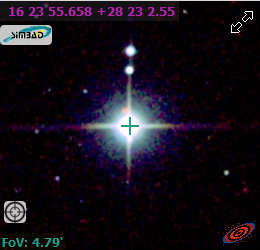


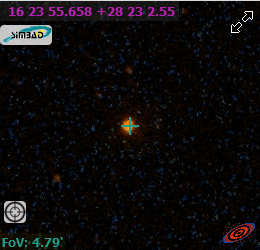
The last of the above images is in UV, where it appears quite faint.
mollwollfumble said:
mollwollfumble said:
Tau.Neutrino said:
Its full of starsIts full of galaxies.
:)
Actually, yes. That’s what makes it really startling. There aren’t supposed to be that many galaxies that size visible in a single image. It’s a greater density of distant galaxies than visible either in the Hubble Deep Field, Hubble Ultra Deep Field, or any nearby galaxy cluster, such as Virgo or Fornax.
Which makes me suspect a distant galaxy cluster, Hydra or further away, Shapley?
Star HD 147980. This is a K1 star, fainter than the Sun but much brighter than a red dwarf. Here are some previous images of this same star.



The last of the above images is in UV, where it appears quite faint.
> The unfiltered wavelength response of the guider, from 0.6 to 5 micrometers.
That’s a great choice of wavelength range. It covers everything between bright O stars (which are unobservable at 5 micrometres) and brown dwarfs (which are unobservable at 0.6 micrometres). By filtering out the brightest UV and Vis light it helps to stop sensors from burning out.
There was a situation when Hubble, viewing very bright stars in a Magellanic Cloud, nearly burnt out some sensors. That’s even more of a risk with the James Webb.
mollwollfumble said:
mollwollfumble said:
mollwollfumble said:Actually, yes. That’s what makes it really startling. There aren’t supposed to be that many galaxies that size visible in a single image. It’s a greater density of distant galaxies than visible either in the Hubble Deep Field, Hubble Ultra Deep Field, or any nearby galaxy cluster, such as Virgo or Fornax.
Which makes me suspect a distant galaxy cluster, Hydra or further away, Shapley?
Star HD 147980. This is a K1 star, fainter than the Sun but much brighter than a red dwarf. Here are some previous images of this same star.



The last of the above images is in UV, where it appears quite faint.
> The unfiltered wavelength response of the guider, from 0.6 to 5 micrometers.
That’s a great choice of wavelength range. It covers everything between bright O stars (which are unobservable at 5 micrometres) and brown dwarfs (which are unobservable at 0.6 micrometres). By filtering out the brightest UV and Vis light it helps to stop sensors from burning out.
There was a situation when Hubble, viewing very bright stars in a Magellanic Cloud, nearly burnt out some sensors. That’s even more of a risk with the James Webb.
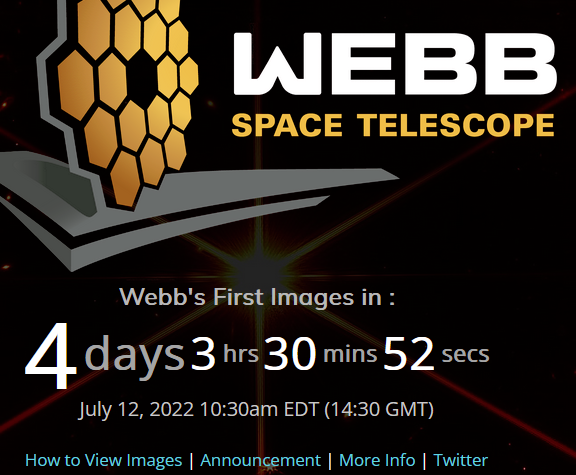
I’m very much looking forward to the release image from the MIRI coronagraph.
The main purpose will be to look at a star and see the light from the star so suppressed that you can see all its planets.
But the first images will be of the dusty disk (Kuiper belt) around a star.
I only just learned that you can get more information from the MIRI coronagraph. You can measure the star’s diameter. The larger the star’s diameter, the more stray light from the star is left in the field after subtraction by the coronagraph.
This isn’t something to use on stars where we already know the diameter, such as Betelgeuse. Because the light pattern from Betelgeuse is already known to be non-spherical. So some other camera would have to help with that. Betelgeuse has a diameter near 150 mas. This method would be for stars with diameter closer to 1 mas. Sirius has a diameter of 6 mas. 8 Cephi has a diameter of 1.6 mas. Occultation has identified a few star diameters down to 0.3 mas.
> Below is the list of cosmic objects that Webb targeted for these first observations, which will be released in NASA’s live broadcast beginning at 10:30 a.m. EDT Tuesday, July 12. Each image will simultaneously be made available on social media as well as on the agency’s website.
> These listed targets below represent the first wave of full-color scientific images and spectra the observatory has gathered, and the official beginning of Webb’s general science operations. They were selected by an international committee of representatives from NASA, ESA, CSA, and the Space Telescope Science Institute.
> The release of these first images marks the official beginning of Webb’s science operations.
“Carina Nebula.” Good choice. I was hoping for this one. The big uncertainty is “how much of the Carina nebula?” The overall nebula has a very large field of view. But the nebula around Eta Carina itself is very much smaller, more dynamic, and more beautiful.
“WASP-96 b.” As good as any other exoplanet.
“Southern Ring Nebula”. I was hoping for a planetary nebula, but didn’t guess this one. Should be good.
“Stephan’s Quintet”. I was hoping to avoid this one. But it is the most spectacular close galaxy grouping. And the JWST image will be much better than the Hubble image.
“SMACS 0723”. Gravitational lensing. Was expecting a gravitation lens. This has got to be a misprint. It’s SLACS 0723. A very good gravitational lens choice for Webb.
Existing images:
The whole Carina Nebula. See link for full size. https://upload.wikimedia.org/wikipedia/commons/7/70/Carina_Nebula_by_Harel_Boren_%28151851961%2C_modified%29.jpg
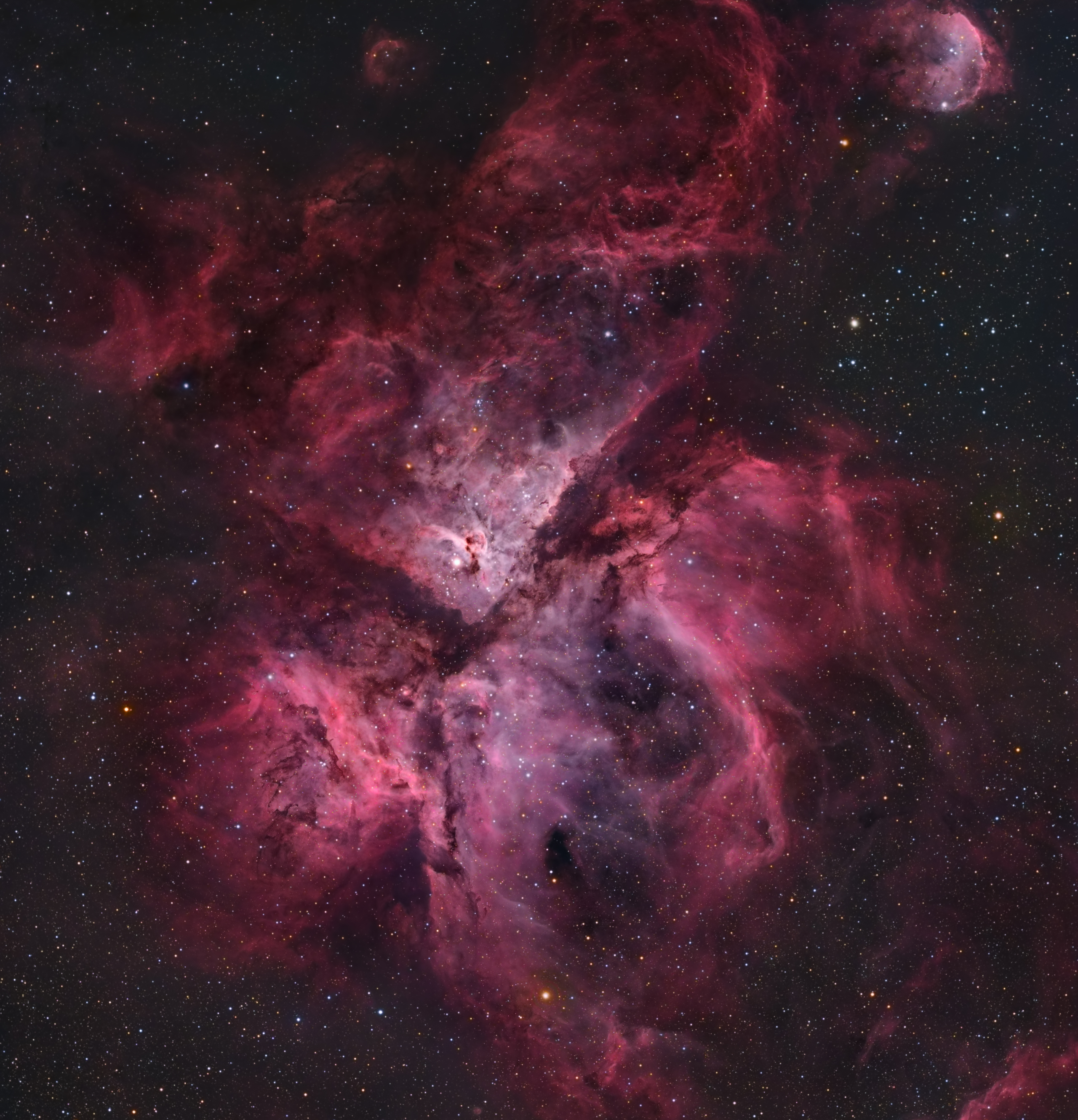
The Eta Carina Nebula.

Southern Ring Nebula

Stefan’s quintet. See link for full size. https://chandra.harvard.edu/photo/2009/stephq/stephq_lg.jpg
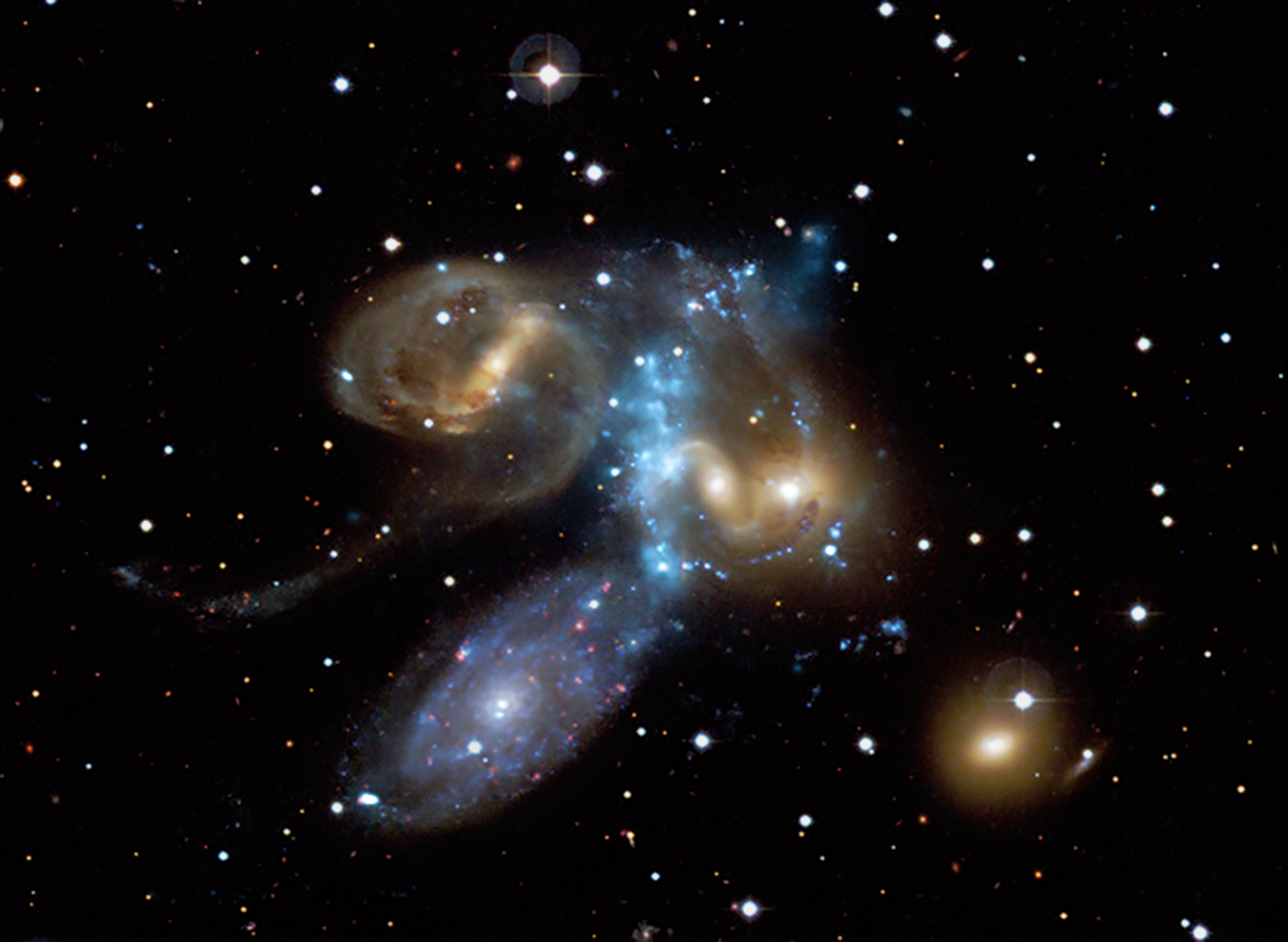
SLACS 0723

This is apparently the first photo.
Is there some gravitational lensing going on there?
Spiny Norman said:
This is apparently the first photo.
Is there some gravitational lensing going on there?
Possibly, there are signs of it.
Spiny Norman said:
This is apparently the first photo.
Is there some gravitational lensing going on there?
Certainly looks like it, and I seem to recall it being mentioned in the talking up of the image. But it is a damned beautiful image.
Oh – that new image is the exact same part of the sky as the Hubble’s version, comparisons here in this video:
https://youtu.be/j69f7TTkS1Y
dv said:
Bubblecar said:
Tau.Neutrino said:
Webb’s Fine Guidance Sensor Provides a Preview
It’s a lovely image.
I wish they had stated the field of view
In front of you
Spiny Norman said:
This is apparently the first photo.
Is there some gravitational lensing going on there?
Loads of gravitational lensing from the giant galaxy cluster SMACS 0723, which is magnifying light from far distant galaxies beyond, including almost certainly the most distant ones ever seen.
https://www.abc.net.au/news/science/2022-07-12/james-webb-space-telescope-joe-biden-releases-first-image/101229070
bump
Dark Orange said:
bump
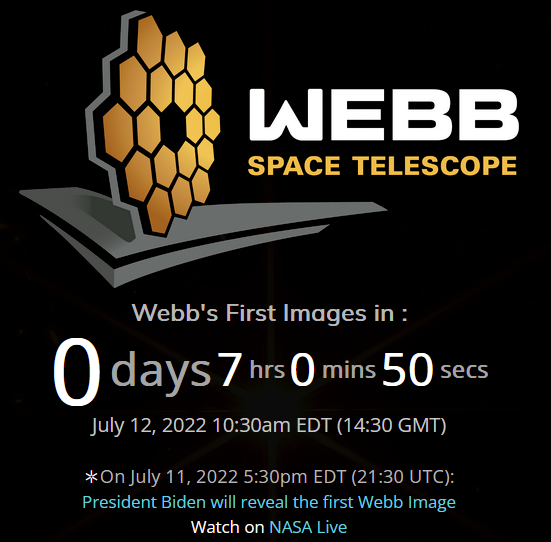
mollwollfumble said:
Dark Orange said:bump
That all happened this morning.
https://www.abc.net.au/news/2022-07-12/james-webb-telescope-live-blog-updates-first-images-nasa/101229100
Dark Orange said:
mollwollfumble said:
Dark Orange said:bump
That all happened this morning.
https://www.abc.net.au/news/2022-07-12/james-webb-telescope-live-blog-updates-first-images-nasa/101229100

Spiny Norman said:
This is apparently the first photo.
Is there some gravitational lensing going on there?
There are far more background galaxies than there have any right to be. Are these all infrared galaxies? I suppose they must be.
A lot of these are not normal looking galaxies, which is good.
Dark Orange said:
Oh – that new image is the exact same part of the sky as the Hubble’s version, comparisons here in this video:
https://youtu.be/j69f7TTkS1Y
Molly, some discussion on the photo here in that youtube video.
dv said: